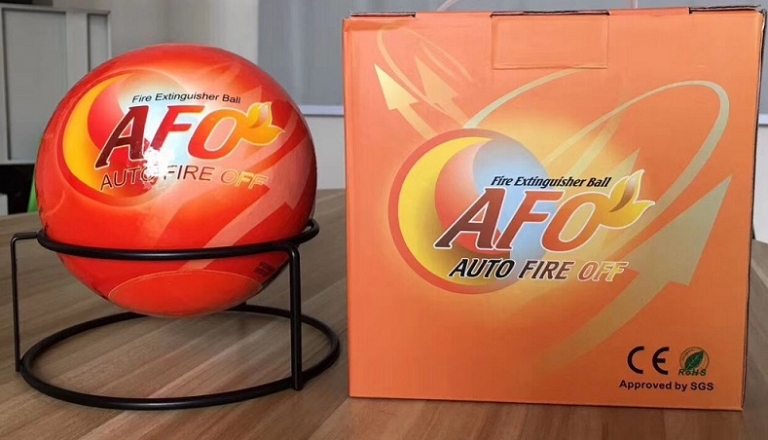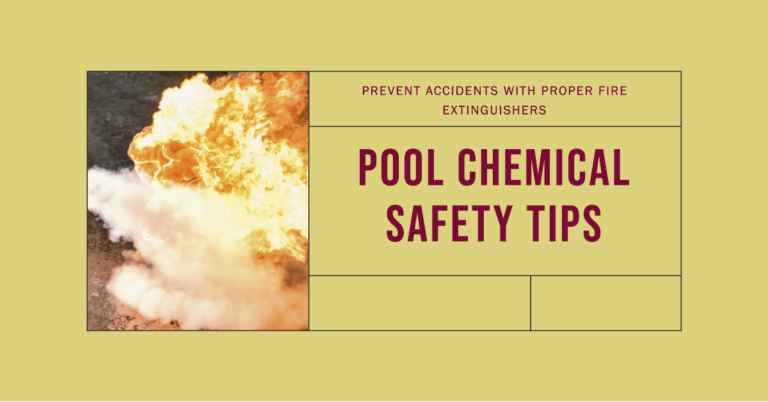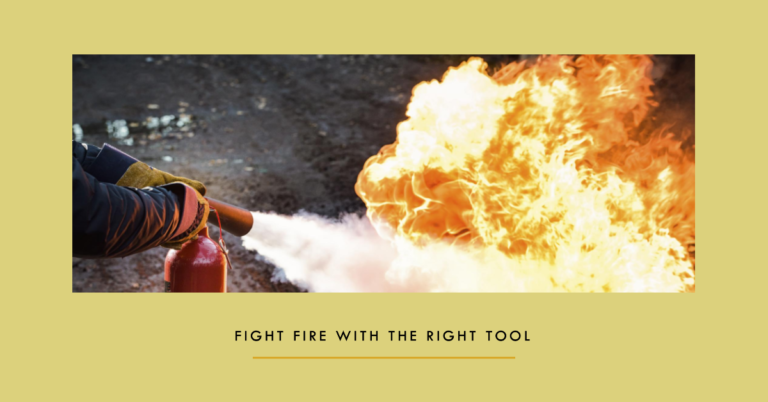Last Updated on September 21, 2023 by Allen

The Undeniable Importance of Fire Safety on Boats
Navigating through the waters, whether for leisure or work, comes with its own set of challenges and risks. One such crucial aspect to consider is fire safety. Unlike a home or office, where help can quickly arrive, being on a boat often means you are your own first responder. That’s why it’s imperative to have a reliable fire extinguisher on board. But not just any fire extinguisher will do; you need one that’s specifically designed for the unique challenges presented by a marine environment. In this comprehensive guide, we explore the subtle yet significant differences between marine fire extinguishers and their regular counterparts. We’ll also delve into why making the correct choice could be a matter of life and death.
Boat Fire Extinguisher Regulations: Compliance and Safety
Before you hit the waters, you should be well-versed in the latest boat fire extinguisher regulations. Effective as of April 20, 2022, these regulations have been designed to enhance safety measures on various types of boats. These rules are not mere guidelines but legal requirements, non-compliance with which could result in fines or even legal action. Additionally, failure to adhere to these regulations could jeopardize the safety of everyone on board.
For those who want a deep dive into the intricacies of these rules, Boat Fire Extinguisher Regulations and Maintenance offers a comprehensive guide.
Requirements Tailored to Boat Size and Model Year
While you might think one extinguisher fits all, the requirements actually differ based on the size of your boat and its model year. This tailored approach ensures that the fire safety measures in place are adequate for the specific risks associated with different boat types. Below is a breakdown of the requirements:
| Boat Size | Required Number of Fire Extinguishers | Model Year Considerations |
|---|---|---|
| Under 26′ | At least one | Any model year |
| 26′-40′ | At least two | Model year 2005 and newer |
| Over 40′ | At least three | Model year 2010 and newer |
The ABCD of Fires and Extinguishers
A Brief Overview of Fire Classes: A, B, C, and D
Fires are not all the same. They are categorized into classes based on the material that is burning. This categorization is more than just academic; it’s a critical piece of information that dictates which type of fire extinguisher you should use. Using the wrong extinguisher can exacerbate the situation and even cause a small fire to become uncontrollable.
- Class A: These fires involve combustible solids like wood, paper, or cloth.
- Class B: These are fires involving flammable liquids such as gasoline or oil. Given that boats often have fuel and other flammable liquids on board, marine-rated Class B fire extinguishers are often the go-to choice.
- Class C: Electrical fires, which can be caused by short circuits or malfunctioning electrical equipment, fall under this category.
- Class D: While less common, these fires involve combustible metals like magnesium and are more specialized in nature.
Selecting the Right Extinguisher for the Fire Type
When it comes to choosing an extinguisher, knowing the different fire classes is half the battle. The other half is understanding which extinguisher is effective against each class of fire. Here’s a quick guide to help you make the right choice:
| Fire Type | Recommended Extinguisher Class |
|---|---|
| Solids | Class A |
| Liquids | Class B |
| Electrical | Class C |
| Metals | Class D |
For additional insights into fire extinguisher selection based on boat types and fire risks, you can consult the Fire Extinguisher Requirements by BoatUS Foundation.
Key Considerations When Choosing a Marine Fire Extinguisher
It’s More Than Just a Label
When it comes to fire extinguishers for boats, don’t just grab the first one you see on a store shelf. You need a fire extinguisher that’s not only U.S. Coast Guard-approved but also matches the specific fire risks associated with the marine environment. The Coast Guard approval is not just a stamp but a guarantee that the extinguisher meets strict safety standards and can withstand the challenges of a marine setting.
What’s in a Classification?
Just like fires, extinguishers are also classified. The classification typically includes a letter and a Roman numeral. The letter signifies the types of fires the extinguisher is designed to combat, while the Roman numeral indicates the extinguisher’s size and the amount of extinguishing agent it contains.
For instance, a Class B-II extinguisher is designed for fighting flammable liquid fires and is generally larger than a Class B-I extinguisher. So, not only do you need to choose the right class of extinguisher, but also the right size, especially if you have a larger boat or carry more flammable materials.
Durability in a Marine Environment
Marine fire extinguishers come with additional features that make them suitable for use in marine environments. One such feature is saltwater resistance. Unlike regular fire extinguishers, marine ones are designed to withstand the corrosive effects of saltwater, ensuring they remain functional when you need them the most.
Maintenance and Inspection: Don’t Neglect This Lifesaver
Why Regular Checks are Crucial
Having a fire extinguisher on board is not a ‘set it and forget it’ affair. Regular maintenance and inspection are essential to ensure that it will function correctly in case of an emergency. A monthly inspection routine can help you identify any issues that could impede the extinguisher’s effectiveness.
What to Look for in a Monthly Inspection
- Check the pressure gauge to ensure it’s in the optimal “green” zone.
- Confirm that the lock pin is securely in place to prevent accidental discharge.
- Inspect the body for any signs of corrosion or damage, which could compromise the extinguisher’s integrity.
- Make sure the discharge nozzle is clear of any obstructions that could impede the flow of the extinguishing agent.
- Review the manufacturing and expiry dates to ensure the extinguisher is still within its effective lifespan.
Going Beyond the Bare Minimum: Recommendations for Enhanced Safety
While it’s crucial to meet the minimum requirements for fire safety on boats, going beyond what’s necessary can provide an added layer of protection. Carrying more than the required number of extinguishers can offer more extensive coverage, especially on larger boats. It’s also advisable to have at least one ABC-rated extinguisher, as these are multipurpose and can handle a variety of fire types.
Additionally, don’t just stash your fire extinguisher away and forget about it. Take the time to read the directions and, if possible, practice using it in a controlled environment. Familiarity with its operation can shave valuable seconds off your response time during an actual emergency.
By staying updated with the latest Coast Guard fire safety recommendations and maintaining a routine inspection schedule, you’ll be doing your part to ensure a safer boating experience.






